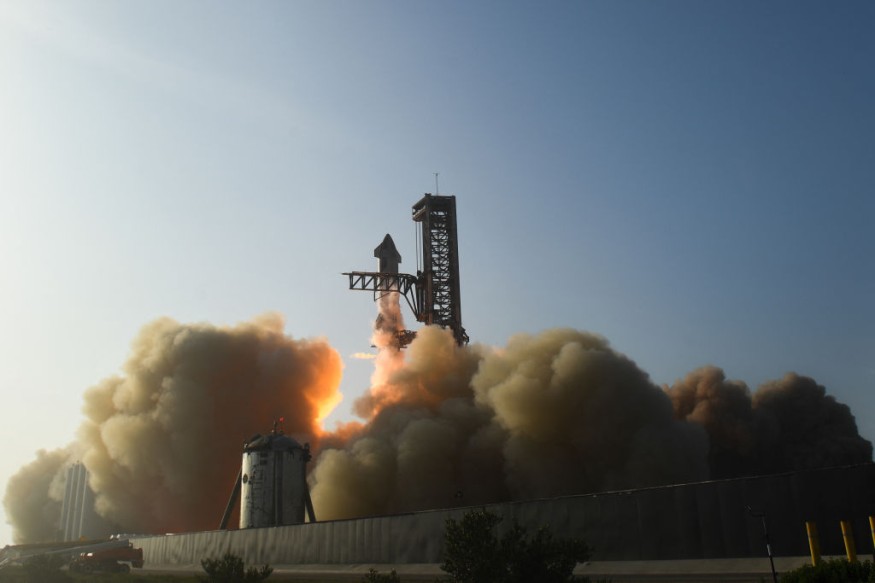Renowned CEO Elon Musk participated in an International Astronautical Congress interview in Azerbaijan this week and shared his hopes and ambitions for the revolutionary Starship.

Elon Musk's Hopes For Starship
During the interview, Musk expressed some snarky remarks directed towards the regulatory US Federal Aviation Administration (FAA) when he was asked when the launch system's first stage could recover. Musk expresses that while this would depend on when their licenses will be issued, there is a notable chance that the booster could be caught within this year or in less than a full year.
Starship saw its first launch attempt this year, but it had to be aborted shortly as the flight was ongoing. The second launch attempt has not been approved yet.
For SpaceX to be able to retrieve the booster on the launch tower next year, it is necessary for things to run extremely well. As for the massive Starship, the catch could occur towards the end of 2024. However, this would only happen after the company could show that the vehicle can remain intact while splashed into a specific area within the Pacific.
Musk also expressed that they could release v3 Starlink satellites around one year from now.
The tech giant also expresses ambitions to land on the Red Planet within the next four years. Initially, he put the timescale to three to four years. However, he ended up shifting things back.
Last year, Gwynne Shotwell, the chief operating officer of SpaceX, noted that SpaceX could be capable of placing humans on Mars within the next ten years. While this may sound quite ambitious, it is nothing compared to the 48 months Musk granted his engineers to ensure that Starship works and could land on Mars.
He also refers to the past, explaining that they are trying and drawing lessons from the rocket Soviet N1, which shares the closest similarity with Starship regarding design.
SpaceX Starship
SpaceX's Starship is considerably the most powerful launch system ever built. As a whole, it is a transportation system that is fully reusable and designed to transport cargo and crew into the Orbit of the Earth and towards the Moon, Mars, and more.
The craft is roughly 120 meters tall, with a diameter of 9 meters. Its payload capacity spans a full reusable 100 to 150 tons while catering to 250 tonnes expandable.
Starship will be able to transport 100 individuals on interplanetary and long-duration flights. It will also aid with satellite transport, lunar base developments, and point-to-point transport across the Earth.
RELATED ARTICLE : SpaceX's Starship Faces Federal Investigations Following the Rocket's Explosive Climax That Showered Potentially Harmful Debris
Check out more news and information on Space in Science Times.












